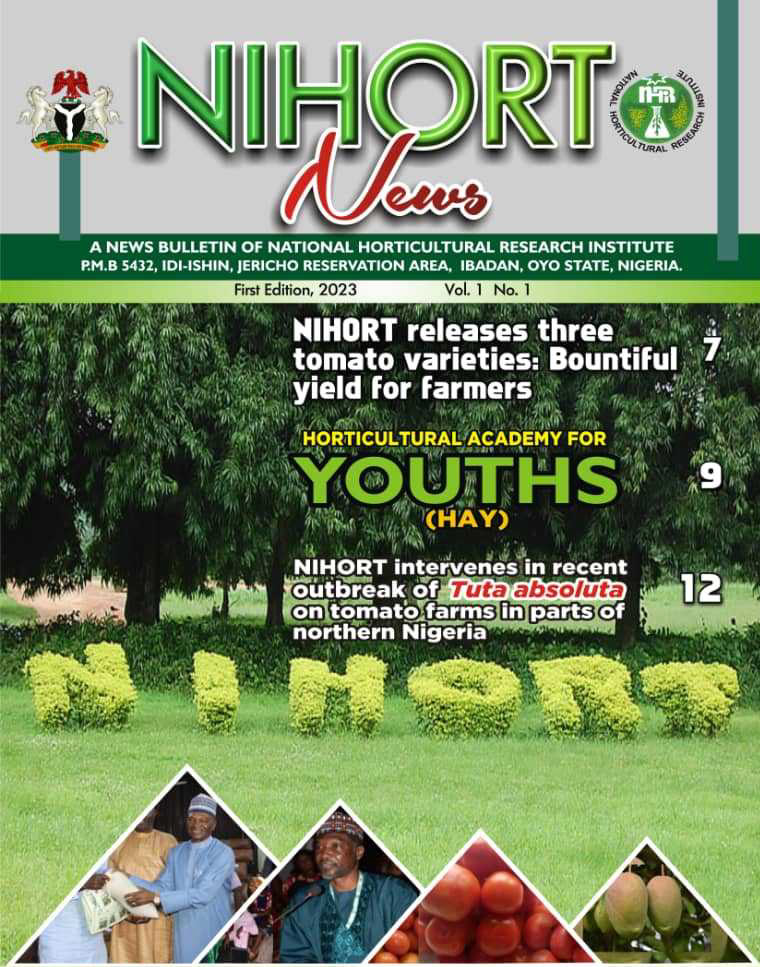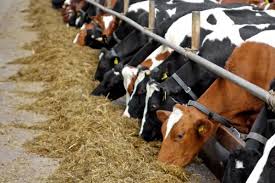The National Horticultural Research Institute (NIHORT) has announced that it will soon release new, pest-resistant pepper varieties to address pepper shortage and soaring prices in the markets. This development comes as a welcome relief to consumers and traders alike, who have witnessed an unprecedented surge in pepper prices.
The price of a large bag of pepper (Rodo) has skyrocketed to an average of N150,000, a staggering 400 per cent increase from the N30,000 recorded during the same period last year. In some states , prices have reached as high as N260,000 per bag, a dramatic rise from the previous N80,000. Smaller bags, once costing N23,000, are now fetching N110,000. The sharp increase has also impacted tomato prices, with a bag now costing N45,000, up from N21,000.
The unprecedented price surge has been attributed to a devastating outbreak of pepper anthracnose pest, which ravaged pepper farms across major producing states. This scarcity has created widespread hardship, as pepper is a fundamental ingredient in Nigerian cuisine.
Chief Executive of NIHORT, Prof. Mohammed Atanda, reassured the public that the situation is temporary. “There is no need for panic. It is a result of pepper anthracnose pest infestation. A more resilient and tolerant variety of pepper seeds will be released soon,” he stated.
According to him, NIHORT scientists have been diligently working on developing improved pepper varieties that are resistant to common pests. The new varieties, he hinted, would be released to the public within two months, have also been bred for optimal yield, promising farmers larger harvests per cultivation cycle.
“These new varieties represent a breakthrough in our efforts to ensure a stable and affordable supply of pepper. By developing pest-resistant strains, we’re empowering farmers to achieve higher yields, reducing crop losses, and ultimately, bringing down the cost of this essential commodity,” he said.
The introduction of these pest-resistant pepper varieties marks a significant step towards stabilizing the pepper market and ensuring a consistent supply of this vital ingredient for Nigerian households.
So far, consumers have endured a volatile first quarter , marked by dramatic swings in food prices that have strained household budgets and left many grappling with uncertainty. From steep January increases to brief February reprieves, followed by a resurgent surge in March, the food market has been a relentless rollercoaster. The year began with a sharp escalation in the prices of essential staples. Rice, garri, and tomatoes saw significant price hikes, fueled by the rising costs of fuel and persistent supply chain disruptions. In Lagos’ bustling Mile 12 market, the price of a 50kg bag of rice reached alarming levels, placing immense pressure on families already struggling with economic hardship.
This trend mirrored the broader national picture, with the National Bureau of Statistics (NBS) reporting a staggering 97 per cent increase in the average cost of food nationwide between November 2023 and November 2024.The NBS data revealed a nationwide average food price surge from N1,449.57 to N2,862.14 within a year. The South-East region bore the brunt of this inflation, recording the highest average food price at N3,366.41, while the North-West saw the lowest at N2,511.86. This uneven impact across the country highlights the complex interplay of factors driving food inflation, including insecurity in food-producing regions, climate change-related disruptions, high transportation costs, and import dependency compounded by currency depreciation.
However, February brought a brief respite. Increased supply from local farms, particularly of items like onions and garri, led to a notable price drop. Reports indicated significant reductions in the prices of onions, garri, yams, and some types of fish.
In Lagos’ Mile 12 market, a 50kg bag of rice, which had soared to between N90, 000 and N95,000, fell to approximately N75,000. Similarly, a large basket of tomatoes plummeted from N120,000 to N35,000. Garri, groundnut oil, beans, and palm oil also experienced substantial price reductions. Analysts attributed this relief to government initiatives, including the lifting of import bans and the suspension of duties on certain food items, which boosted the supply chain. Traders in Lagos also noted that a drop in customer patronage, driven by the earlier high prices, contributed to the price decrease.
For instance, rice sold for N110,000 in December, prompting many consumers to switch to alternative products. Unfortunately, the downward trend proved short-lived. By late March, prices began to climb again, driven by increased transportation costs and renewed supply chain challenges. This resurgence was particularly pronounced in the prices of items such as e Irish potatoes and tomatoes.





